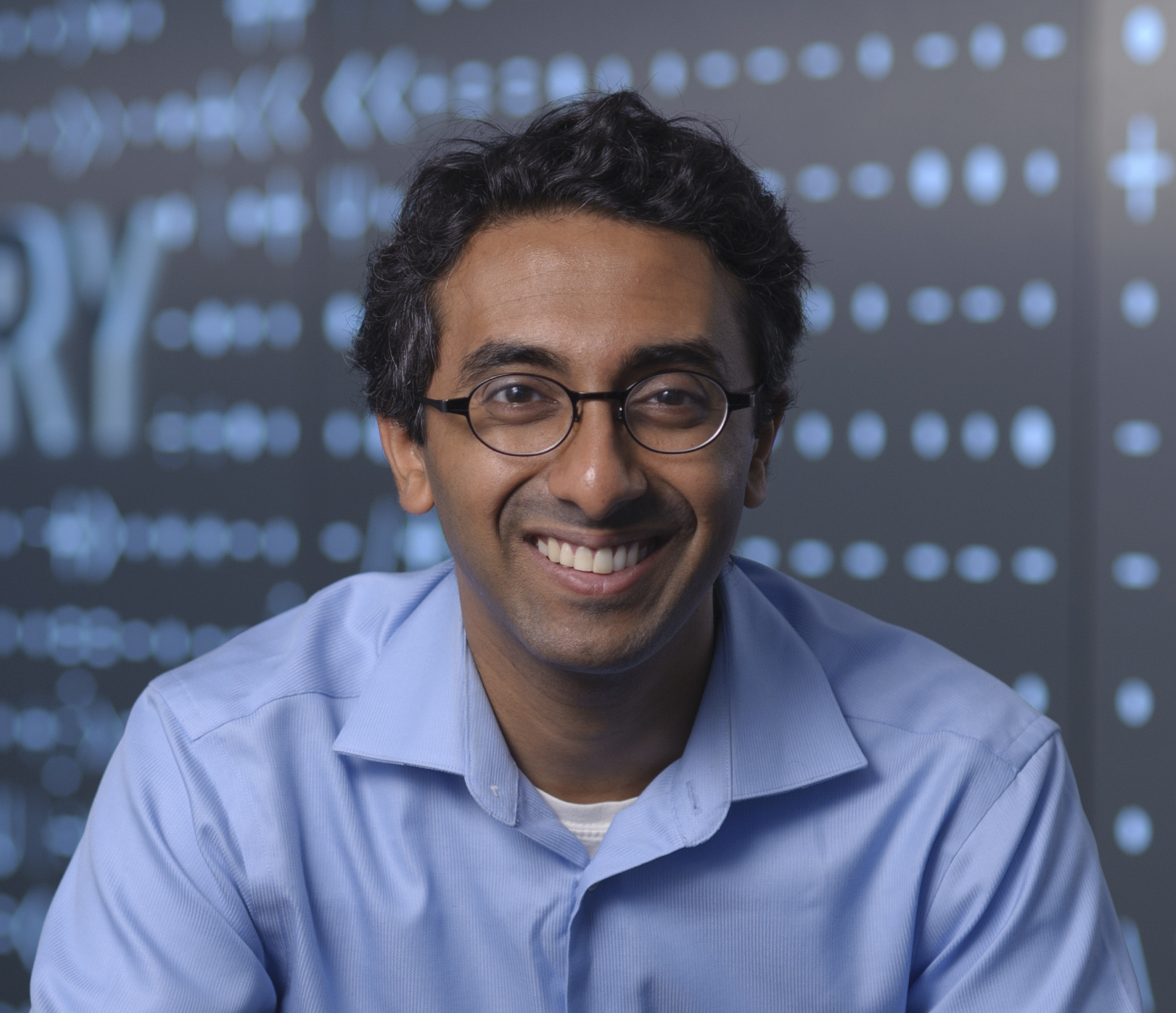
05 Jul TSRC Town Talk: “Using Nature’s Blueprint to Build a Sustainable Energy Future,” 7/9!
The Telluride Science Research Center hosts Dr. Yogi Surendranath of MIT. His talk, titled “Using Nature’s Blueprint to Build a Sustainable Energy Future” continues a seven-week series of Town Talks presented by TSRC. The event takes place at the Telluride Conference Center in Mountain Village on Tuesday, July 9, 2019, 6:30 p.m. Admission is free; cash bar opens at 6 p.m.
Each talk is followed by an interview and Q &A session moderated by Emmy- and Peabody Award-winning television correspondent and professor emerita of broadcast journalism at USC’s Annenberg School of Communication and Journalism, Judy Muller.

Dr. Surendranath Yogesh
If the human race continues to deplete energy sources at the rate we do today, experts predict that the Earth only has around fifty years left of certain fuel reserves, such as oil and natural gas. While our use of these resources has allowed tremendous progress and innovation, we have simultaneously been destroying the planet we call home. Carbon dioxide emissions are at an all-time high, and the evidence of global climate change has become incontrovertible. In order to ensure long-term stability of our world, something needs to change.
Here in Telluride to give this week’s Town Talk is Dr. Yogi Surendranath, who conducts a research lab at MIT dedicated to the development of an efficient alternative energy source. His dual passions for chemistry and sustainability came early and has led him to where he is today: “I remember my father taking me into his lab when I was a kid, just to show me what he was doing, and it was his enthusiasm that really rubbed off on me. My similar interest in sustainability also spoke to me. It struck me that inorganic chemistry has a lot to contribute to a transition to a more stable economy and future.”
Where will this alternative source come from? Dr. Surendranath and his team focus on drawing power from none other than the world’s most abundant element: hydrogen. Strong enough to power a space shuttle, hydrogen bonds are an extremely effective way to store energy. The challenge comes from creating the hydrogen to draw from, since it cannot be harvested like other natural resources. Scientists use one process known as electrolysis, in which water can actually be split into its two separate components: oxygen and hydrogen gas.
Fortunately, Dr. Surendranath believes the amount of water needed should not be considered a limiting factor: “In terms of the actual water molecules you’re converting, it’s a very little resource demand.” However, the process does require some sort of energy input, which could render the whole effort meaningless if done incorrectly. The hope is that a renewable source, such as solar power, can be used to drive the electrolysis in a battery-like device, and the energy from the newly-made hydrogen can provide the power at night.
Due to the declining state of our environment, the pressure is on to make these sustainable changes happen quickly. When asked how plausible this great shift really is, Dr. Surendranath explained, “Turning this around is a grand challenge not just for the chemical sciences, but also material sciences, engineers, and people who think about policy. You need all of that to address a massive global challenge. It requires a coordinated effort, but I think chemistry plays a very significant role in enabling a more sustainable energy future.”
The TSRC is making this necessary collaboration a reality. Dr. Surendranath comments, “We’re excited to put on a workshop that connects people who many not traditionally talk to each other because they live in slightly different disciplinary baskets. But, they are all connected by virtue of their interests in some component of taking chemical energy and making it electrical. It’s an extraordinarily rich community-building opportunity and a fascinating place to discuss science, to engage people in collaboration, and get critical feedback on your research.”
TSRC & Town Talks, more:
TSRC Town Talks are free public presentations by world-renowned scientists on topics of great current importance in science, technology, education, and public policy. Each scientist’s talk is followed by an interview and Q&A session moderated by Emmy- and Peabody Award-winning television correspondent and professor emerita of broadcast journalism at USC’s Annenberg School of Communication and Journalism, Judy Muller.
With a network of over 5,000 preeminent scientists from over 90 countries and 500 institutions, TSRC generates the fundamental knowledge-base for new solutions in many fields, including energy, medicine, water, climate, national security, and advanced materials for computing and manufacturing.
To learn more about TSRC and the capital campaign to purchase the Telluride Depot as TSRC’s permanent home, visit telluridescience.org.


Sorry, the comment form is closed at this time.